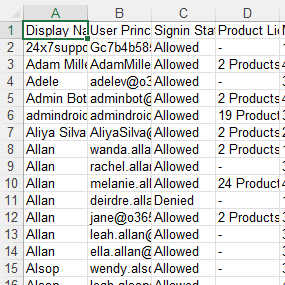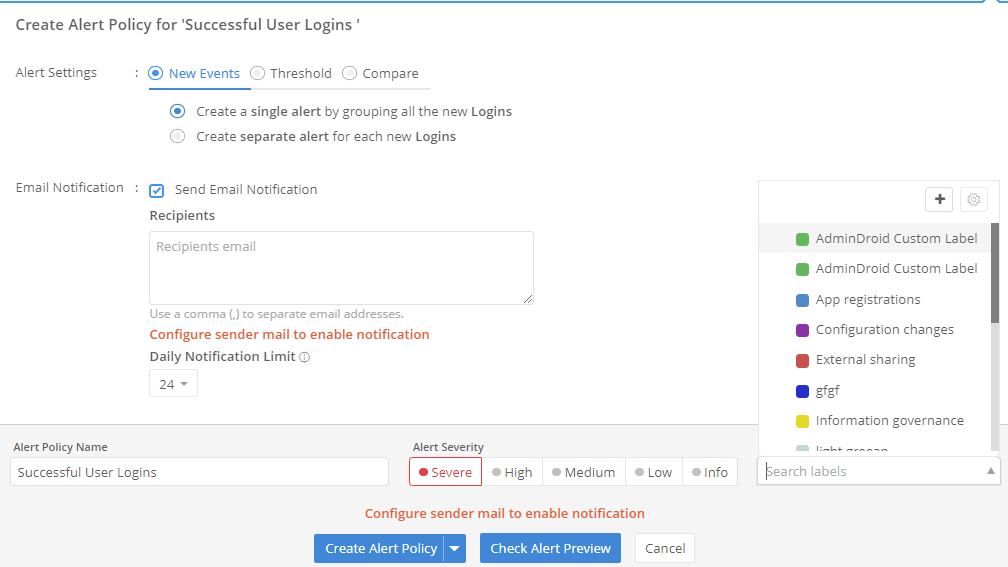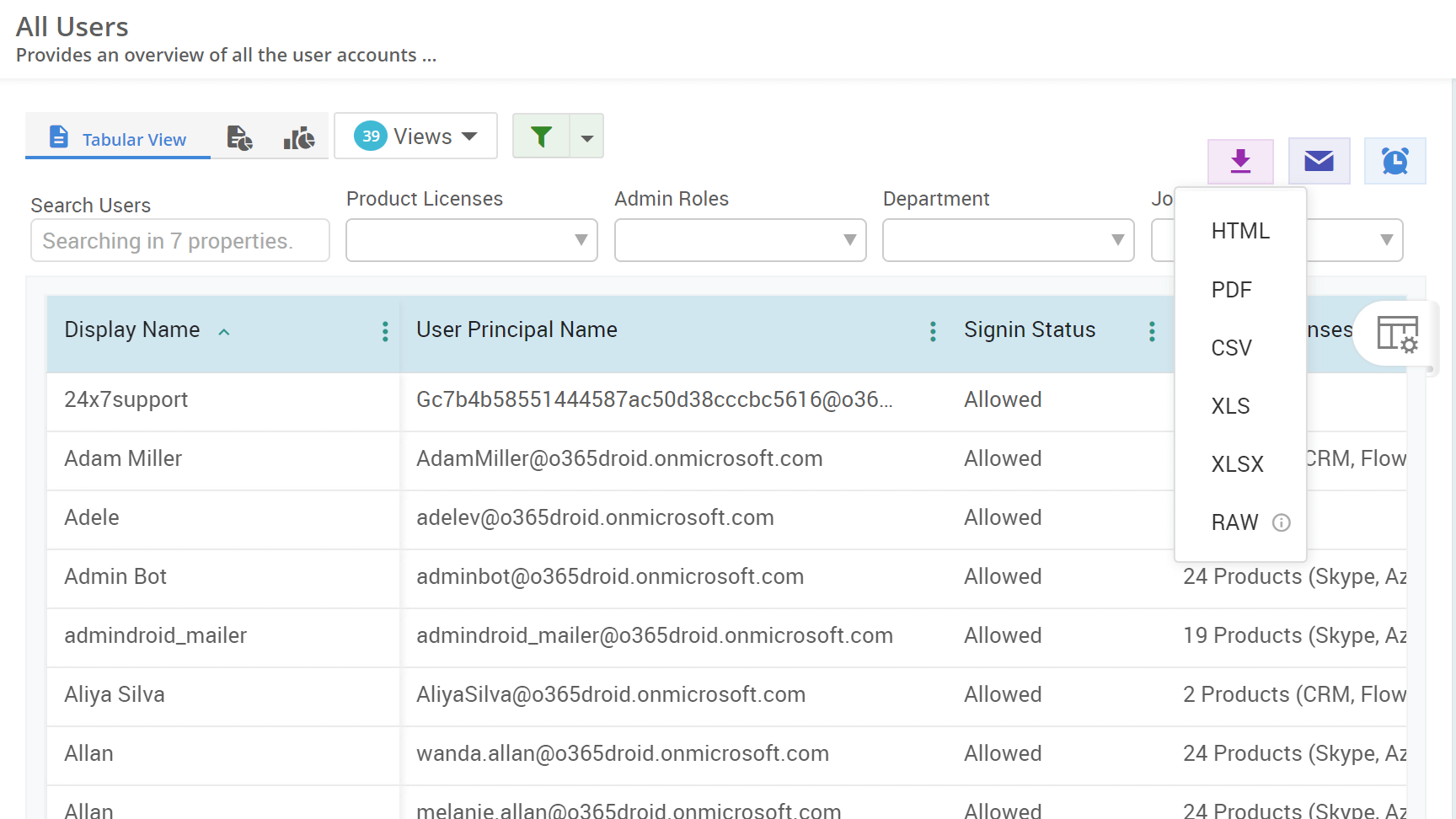What are the Microsoft 365 password complexity requirements?
By default, Entra ID enforces password complexity to enhance security. Users must include a combination of character types in their passwords based on the Office 365 password complexity settings. Below are the character restrictions allowed in Microsoft 365.
Character Restrictions:
- Uppercase letters (A-Z)
- Lowercase letters (a-z)
- Numbers (0-9)
- Symbols (e.g., !@#$%^&*)
Password Length
Ensure passwords are between 8 and 256 characters long. (Recent update: maximum length extended from 16 to 256 characters)
Password reset history
Users can reuse their last password when resetting a forgotten password.
Password Complexity Requirements
Ensure passwords contain at least three of the following: lowercase characters, uppercase characters, numbers (0-9), and symbols.
Password Expiry Duration
Microsoft 365 default password policy for the password expiry has been set to 90 days (about 3 months) which is a global setting applicable to entire organization.
Password Expiry Notification
Default notification will be sent 14 days before password expiry. The specific combination of character types and minimum password complexity requirements for Office 365 depend on how detailed your organization's policy settings are configured.


















